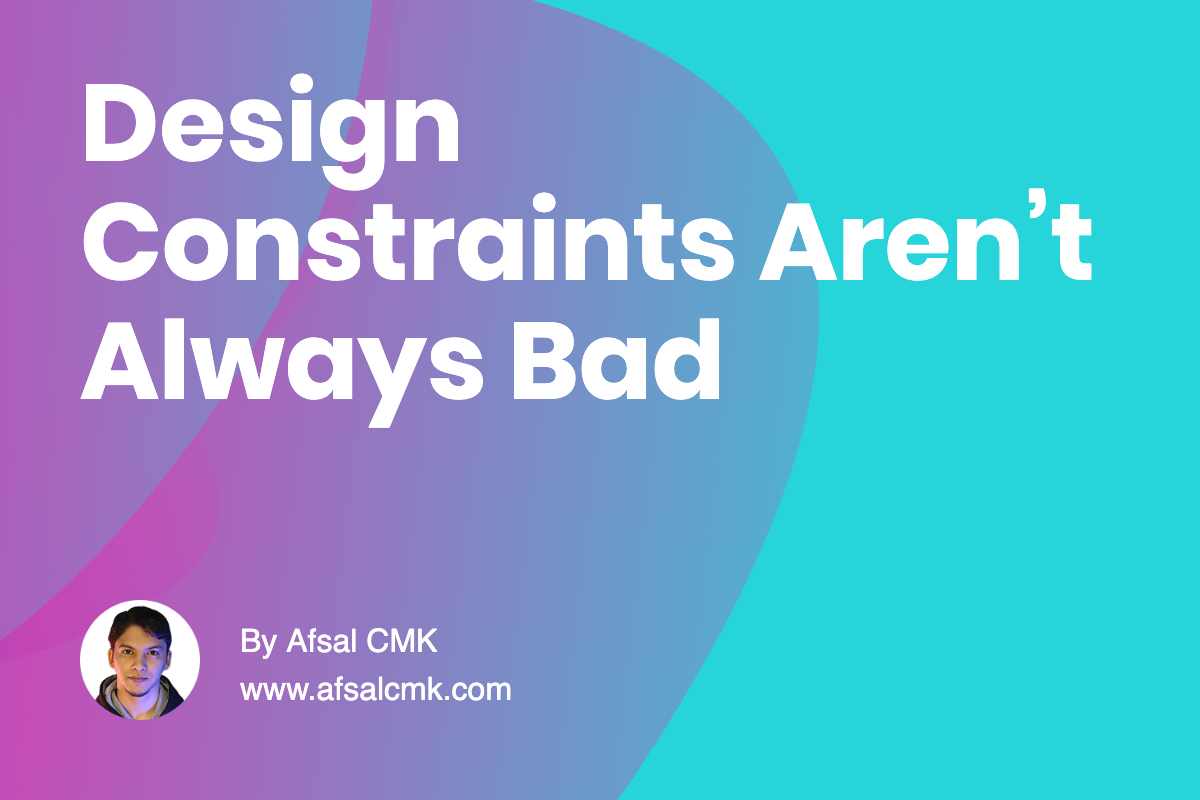
Design Constraints Aren’t Always Bad
Every project comes with ambition, but rarely with unlimited resources. Early in my career, I used to feel frustrated when constraints forced me to compromise. Over time, I’ve realized that limitations aren’t just obstacles-they’re design inputs. How you handle trade-offs often matters more than the initial idea itself.
Constraints show up in many forms. At first, it can feel like the project is boxed in, but working through them often sparks better thinking:
- Time – tight deadlines force prioritization and sharper focus.
- Budget – limited resources require simpler, more cost-effective solutions.
- Technology – platform or performance limits encourage elegant, lightweight designs.
- Team bandwidth – smaller teams push for collaboration and shared ownership.
On one project, we had an ambitious vision for a feature that required complex animations. The engineering team highlighted performance concerns, and our timeline didn’t allow for experimentation. Instead of cutting the idea altogether, we worked together to simplify the motion into lightweight micro-interactions. The result was leaner, faster, and still engaging for users. What felt like a setback turned into an opportunity to refine what really mattered.
Here are a few ways I approach trade-offs and constraints today:
- Prioritize impact – focus on the features or flows that deliver the most value, even if it means leaving other ideas behind.
- Collaborate openly – involve engineers, PMs, and stakeholders early so compromises are shared decisions, not last-minute surprises.
- Redefine success – adapt goals to fit reality while still aligning with the bigger vision of the product.
- Document choices – make trade-offs visible so the team understands what was decided and why.
What I’ve learned is that constraints don’t diminish creativity-they refine it. They force us to strip away the nice-to-haves and focus on the essentials. Instead of seeing limitations as failures, I now treat them as boundaries that guide sharper solutions. Trade-offs are inevitable, but how we navigate them defines the strength of the final design.
In the end, great design isn’t about doing everything-it’s about doing the right things within the realities we face. When teams embrace constraints instead of fighting them, they find clarity, alignment, and sometimes even breakthroughs they wouldn’t have discovered otherwise.